Bahay Kubo: Fiber’s theme song

Everyone was taught the famous song, “Bahay Kubo” in nursery and kindergarten. The song enumerates almost every major vegetable and crop common to the Filipino diet to encourage children to eat healthily including an ample amount of dietary fiber to support a healthy and thriving body.
Dietary fiber is an important component of fruits and vegetables that has been shown to have a wide array of health benefits. From being “nature’s broom” for the constipated, high-fiber foods have become highly recommended for people who are at increased risk for lifestyle-related diseases, including diabetes, hypertension, and stroke.
Types of Fiber: Where One Can Exist With The Other
Fiber is a type of carbohydrate derived from fruits, vegetables, legumes, and whole grains. Dietary fiber has two types: soluble and insoluble.
Soluble fiber, as its name implies, dissolves in water. Once dissolved, soluble fiber takes on a gel-like form and this highly viscous fiber helps regulate digestion and absorption along with the GI tract.1 Common types of soluble fiber are inulin, pectin, and alginic acids, and they are found in oats, citrus fruits, barley, seaweed, and psyllium.2
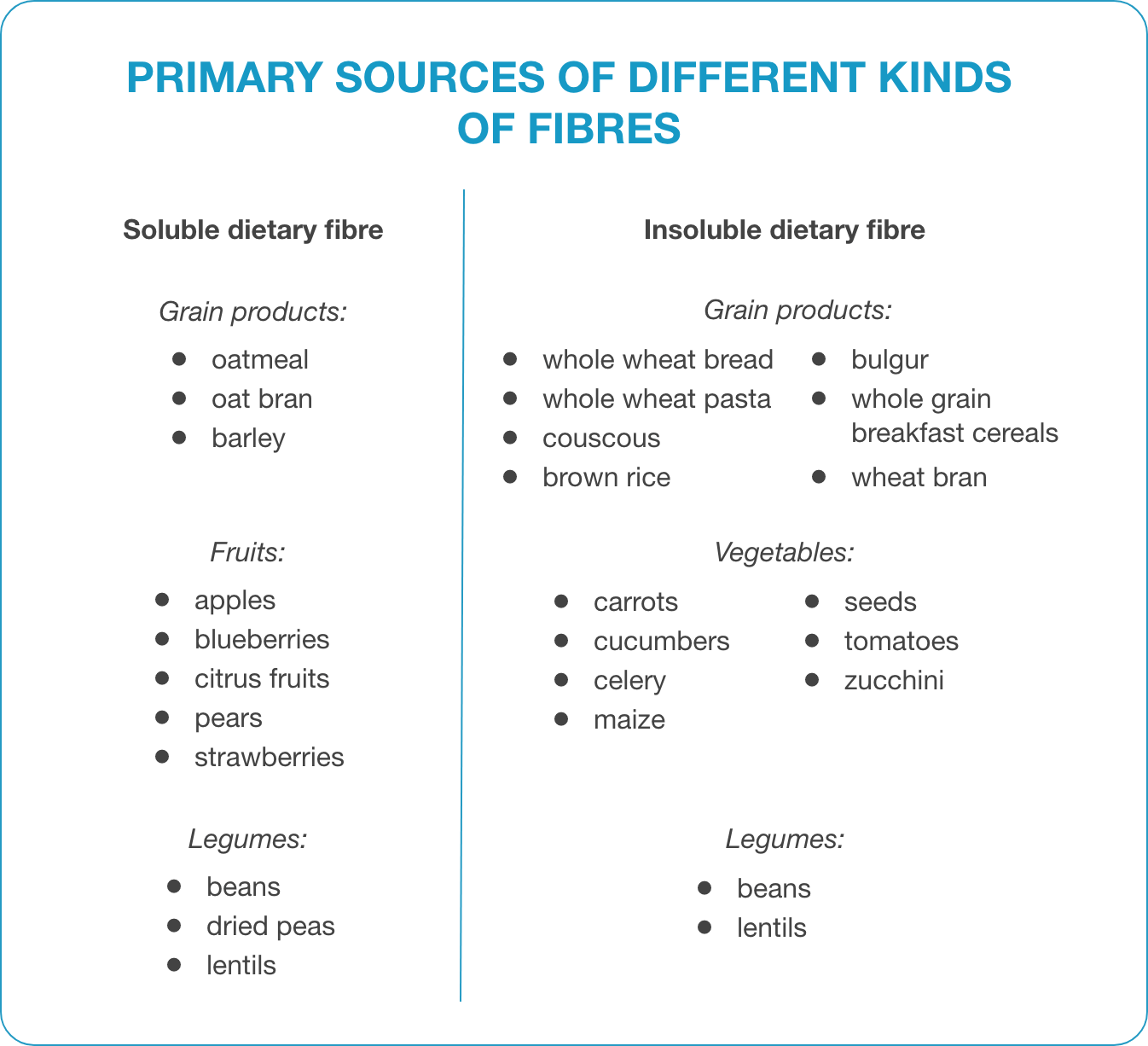
Figure 1. Primary Sources of Different Kinds of Fibers
On the other hand, insoluble fiber cannot be dissolved in water. Acting hand-in-hand with soluble fiber, which also helps in solidifying stool, insoluble fiber aids in irregular bowel movement and constipation. Types of insoluble fiber are cellulose, lignin, and pentose, and these are usually found in whole-wheat flour, nuts, potatoes, and vegetables.3

Figure 2. Fiber Content in Different Kinds of Food
While there are distinctions between soluble and insoluble fibers, it should be noted that there is no one food that contains only one type of fiber. There’s always a combination of soluble and insoluble fiber in fruits, vegetables, and other fibrous foods.
Table 1. Types of Dietary Fiber and Its Common Sources
| Types of Dietary Fiber | Characteristics | Examples | Sources |
|---|---|---|---|
| Soluble Fiber | Dissolves in water |
| Common in:
|
| Insoluble Fiber | Does not dissolve in water. |
| Common in:
|
Fiber in Weight Management: Weigh In The Essentials
Coupled with exercise, a high-fiber diet can help in weight management, and this happens through more than one route. First, high-fiber foods are heavy filling, which means there is no need to eat much. Second, dietary fiber increases the viscosity of the digested food in the stomach. This increased viscosity causes the food to be digested more slowly translating to hunger immunity (for longer periods). Third, the increased viscosity of the digested food also slows down the absorption of nutrients such as fat and sugar from the food, therefore, less available fat and sugar in the blood.
| How Fiber Helps in Weight Management | |
|---|---|
| |
Energy-Balance Equation: The Explanation
The Energy-Balance Equation explains the relationship of caloric input and output in relation to weight management.4 Energy is synonymous with calories and in order to lose weight, one has to have fewer calories ‘going in’ than calories ‘going out’ –this is called having a ‘negative energy balance’. On the other hand, one stands to gain weight, or achieve a ‘positive energy balance’, if the person consumes more calories than expends.
| ENERGY BALANCE EQUATION |
|---|
| Energy Input (calories in) - Energy Output (calories out) = Energy Balance |
| Energy Input > Energy Output = Positive Energy Balance (Weight Gain) |
| Energy Input < Energy Output = Negative Energy Balance (Weight Loss) |
This then leads to the conclusion that a high-fiber diet on top of an active lifestyle can definitely help in managing weight.
Other Benefits of Fiber: More of Its Wonders
Aside from helping keep weight in check, regular fiber intake keeps the gastrointestinal tract clean by regularly “sweeping” the debris from the large intestines. A healthy digestive tract keeps GI complications, such as hemorrhoids, diverticular disease, and colorectal cancer, at bay.
Moreover, fiber fermentation in the large intestine produces short-chain fatty acids. Short-chain fatty acids in the colon have been shown to have numerous health benefits,5 such as blood sugar regulation, suppression of cholesterol synthesis in the liver, reduction of risk for atherosclerosis by lowering low-density lipoproteins and triglycerides, reduced risk for colon polyps by lowering the pH of the colon and improved immune function by stimulating the production of helper T cells, antibodies, and leukocytes.
With the numerous benefits of fiber, one might see it as manna from the gods. However, there are downsides to consuming more than the recommended amount of fiber daily. Too much fiber can cause diarrhea, flatulence, stomach pain, and even gastroesophageal reflux.6 Fiber works better with water; thus, it is essential to remember to drink water.
Dietary Fiber Intake in the Philippines and Worldwide
The Philippines is a largely agricultural economy but fiber intake is alarmingly low. In a 2020 study, rice, pork fats, and oils are the top three food choices of working-class adults.7 This leaves no room for fruits and vegetables, which are primary sources of dietary fiber. Overall, the population in the study of over a thousand working adults only reached 30%-40% of FNRI’s recommended nutrient intake of 20-25 grams of fiber.8
Now that the world is experiencing the COVID-19 pandemic, dietary habits may have been affected. A review article by Benett et al. (2021) pooled 23 papers that studied changes in dietary habits worldwide during the current pandemic.9 Among the positive changes were an increase in home-cooking and reduction in ‘comfort food’ consumption due to limited fast food venues being open, as well as reduction of alcohol consumption due to limited gatherings.
However, there were unfavorable habits that were observed such as pandemic-related anxiety and boredom, and some populations tend to consume more food with ‘empty calories’ and alcohol as coping mechanisms. Furthermore, some studies included in the review reported lessened physical activity due to work-from-home setups and community lockdowns.10-12 While this study is only an acute view of the changes in diets and lifestyles during the COVID-19 pandemic, some of the habits, especially the negative ones, may be carried on for years to come, and ultimately mount into a wave of lifestyle-related diseases.
Tips to Increase Dietary Fiber Intake
Here are simple tips that will help increase fiber intake and make a big difference in the short term and the long term.
| Tips to Increase Dietary Fiber Intake |
|---|
Food Selection |
|
Cooking and Preparing Meals |
|
Eating |
|
The Future of Fiber
The saga of dietary fiber continues. All over the world, numerous studies have been showing the benefits of fiber outside of the digestive tract. Whether an individual is a mother, an athlete, or a toothpaste model, fiber would work wonders for this person.
The first study is on the breakfast favorite, oatmeal. Oatmeal has been identified as a galactagogue, a type of food that helps produce milk in mothers.13 Moreover, according to a study by Zhang et al. (2006) in Diabetes Care, pregnant women on a high-fiber diet have a lower risk for gestational diabetes.14
In another field of contribution, Barnard et al. (2019) discovered that plant-based diets, which are high in dietary fiber, may not only improve performance in endurance sports but also accelerate post-performance recovery.15
Fiber intake also affects the brain, according to a study by Matt et al. (2018).16 This animal study focuses on butyrate, a short-chain fatty acid. As mentioned earlier, short-chain fatty acids are a byproduct of fiber fermentation in the gut, and butyrate is seen to reduce inflammation of the brain tissue of mice. If this holds true for humans, then a high-fiber diet is definitely in order. Moreover, a study by Khan et al. (2015) demonstrated the positive effects of dietary fiber in cognitive performance in children.17
Lastly, a high-fiber diet has been seen to promote dental health by preventing dental caries.18 Foods that are high in fiber require more time to chew, thereby causing increased saliva production. Saliva contains antibacterial substances that fend off bacteria that cause gum diseases and tooth decay.
These are only some of the new areas being explored by scientists, and there are sure to be more. This proves that dietary fiber is a crucial part of life, for so many reasons. But for now, fiber is one of the best factors for maintaining a healthy weight and warding off diabetes and other lifestyle-related diseases. Keep in mind that fiber does all these by increasing satiety and by regulating digestion and absorption. Ultimately, in achieving your goal weight and managing it, the combination of a healthy diet and an active lifestyle is key.
Bahay Kubo goes beyond the catchiness of its lyrics, it requires a deeper and more scientific perception of the song. Its relevance proves that it is a song truly worth teaching kids and a tradition worth passing on to future generations.
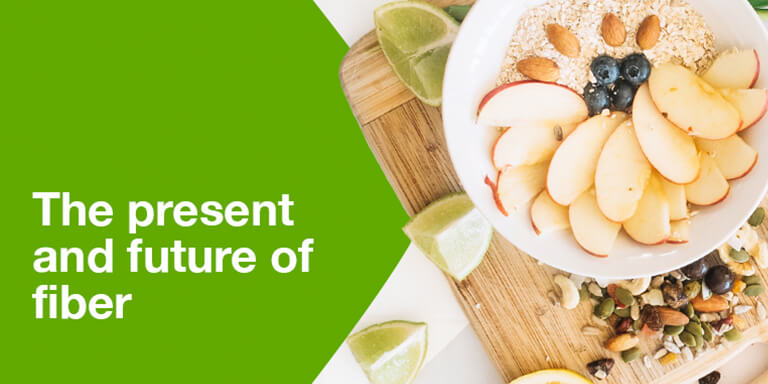
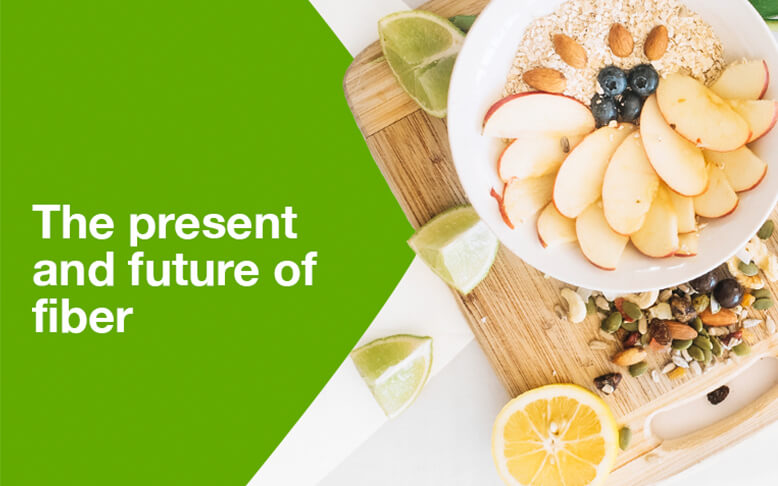
 Leonora N. Panlasigui , PhD
Leonora N. Panlasigui , PhD











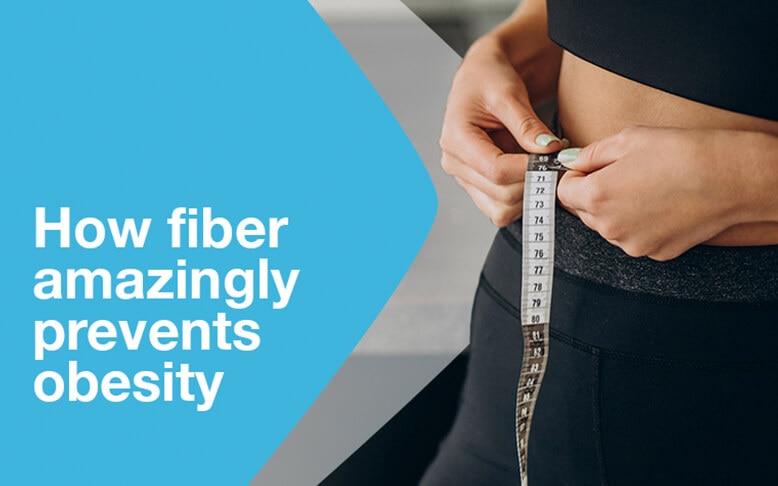
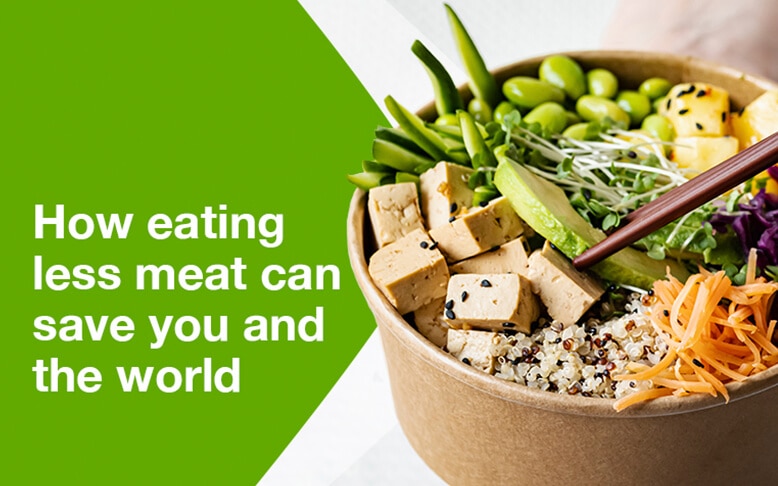


No comments here yet.